
Bacteria levels exceed the standard by 600 times! Don't use this hand sanitizer!
When you're out, you may sometimes need to use a public restroom. The term "public restroom" here doesn't only refer to toilets in parks but also includes those in offices, shopping centers, restaurants, supermarkets, schools, hospitals, gyms, museums, libraries, cinemas, training facilities, airports, train stations, bus terminals, gas stations, highway service areas, etc.
After using the toilet, it's recommended to wash your hands with hand soap and keep them clean and hygienic. However, if you assume the hand soap in public restrooms is always clean, you might need to think again.
The program "Is It Really Real?" on CCTV Finance (China) once conducted a survey on the hygiene of hand soaps at several major shopping malls, restaurants, cinemas, hotels, and airport restrooms in Beijing and found that:
-
The total bacterial colony count in hand soaps at many shopping centers exceeded the national hygiene standard, which requires ≤1,000 CFU/g or CFU/ml.
-
At Beijing Capital Airport, the total colony count in some hand soaps reached 600,000 CFU/g—600 times the acceptable limit.
Not only did the bacterial counts exceed the standard, but some public restroom hand soaps also contained prohibited pathogenic bacteria. In 2016, a survey by the Beijing Center for Disease Control and Prevention found that only 64.4% of hand soaps in public restroom samples from 20 hotels and restaurants met standards. Three samples were found to contain four types of harmful pathogens: fecal coliform, mold and yeast, Staphylococcus aureus, and Pseudomonas aeruginosa.
Using contaminated hand soap doesn't clean your hands effectively—it can actually make them dirtier. In a field study at a primary school, students and staff experienced a 26-fold increase in gram-negative bacteria on their hands after washing with contaminated soap, compared to a 50% decrease when using uncontaminated soap.
Seeing this, some people might wonder: "How can bacteria exist in hand soap?" And "Where do these bacteria come from?"
In reality, not all hand soaps can kill bacteria—it depends on their ingredients. Regular liquid soap mainly consists of water and surfactants that help dissolve grease in water. Some special soaps contain antibacterial agents like parachloromethaxylenol, but these are more expensive.
There are three main types of surfactants:
-
Anionic (e.g., stearates and sulfonates): typically non-antibacterial
-
Non-ionic (e.g., polyethers): also non-antibacterial
-
Cationic (e.g., quaternary ammonium compounds): have antibacterial properties
In short, regular hand soap is primarily for removing grease, not necessarily for killing bacteria—so it's possible for bacteria or even mold to grow in the soap.
There are also several factors that increase the risk of bacterial contamination in public restroom soap:
-
Refillable dispensers: Most hand soaps in public toilets are refilled after use. These dispensers are rarely thoroughly cleaned or disinfected, making contamination almost inevitable in a bacteria-rich environment.
-
Even antibacterial soap will lose its effectiveness if it's been in use for a long time or has expired.
-
Sometimes people add water to dilute soap to make it last longer. While the intention is good, this actually encourages bacteria to multiply faster.
So—if washing hands makes them dirtier, should we stop washing our hands?
Absolutely not!
Handwashing is still one of the simplest, most effective, and affordable ways to prevent illness.
Many diseases spread through the fecal-oral route—a real concern in public restrooms, where many people pass through and no one knows what viruses or bacteria might be left on door handles, flush buttons, or other surfaces.
Besides soap, there are two highly contaminated but often overlooked places in public restrooms:
-
Hand dryers: These work by sucking in air, heating it, and blowing it out. This means they can blow bacteria-laden air onto your hands, especially since the bathroom air is already full of pathogens.
-
Flush buttons: Flushing generates a spray of aerosolized particles—spreading bacteria and viruses, which can settle on surfaces like the flush button. A study found that the flush button tested positive for E. coli more often than the toilet seat, counter, or floor.
Here are two helpful solutions:
-
If no hand sanitizer is available, rubbing your hands under running water for at least 40 seconds can still clean effectively.
-
Carry your own disinfecting wipes or personal hand sanitizer when going out.
Even if you don’t use soap, just wash your hands thoroughly. It’s a simple but powerful way to protect yourself and your family.
Some health experts even estimate that more frequent handwashing in airports could reduce the risk of global pandemic outbreaks by 24% to 69%.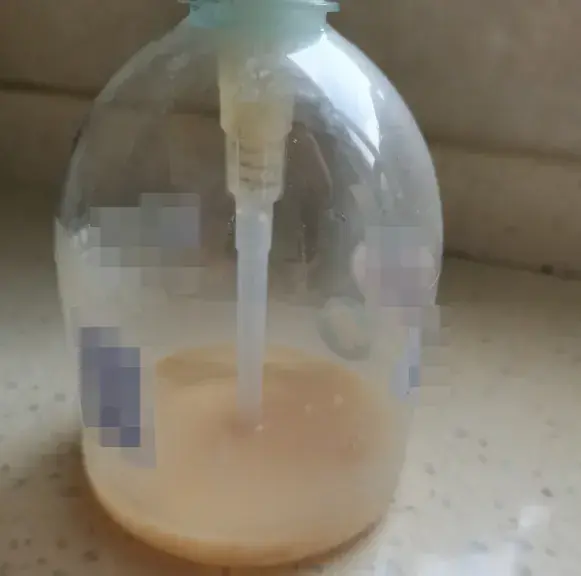
News in the same category


Wild leaves, used to make tea, make diabetes and high blood pressure "terrify"

Astronomer CEO Andy Byron's "Affair" With Kristin Cabot Caught On Camera During Coldplay Concert, Chris Martin Reacts
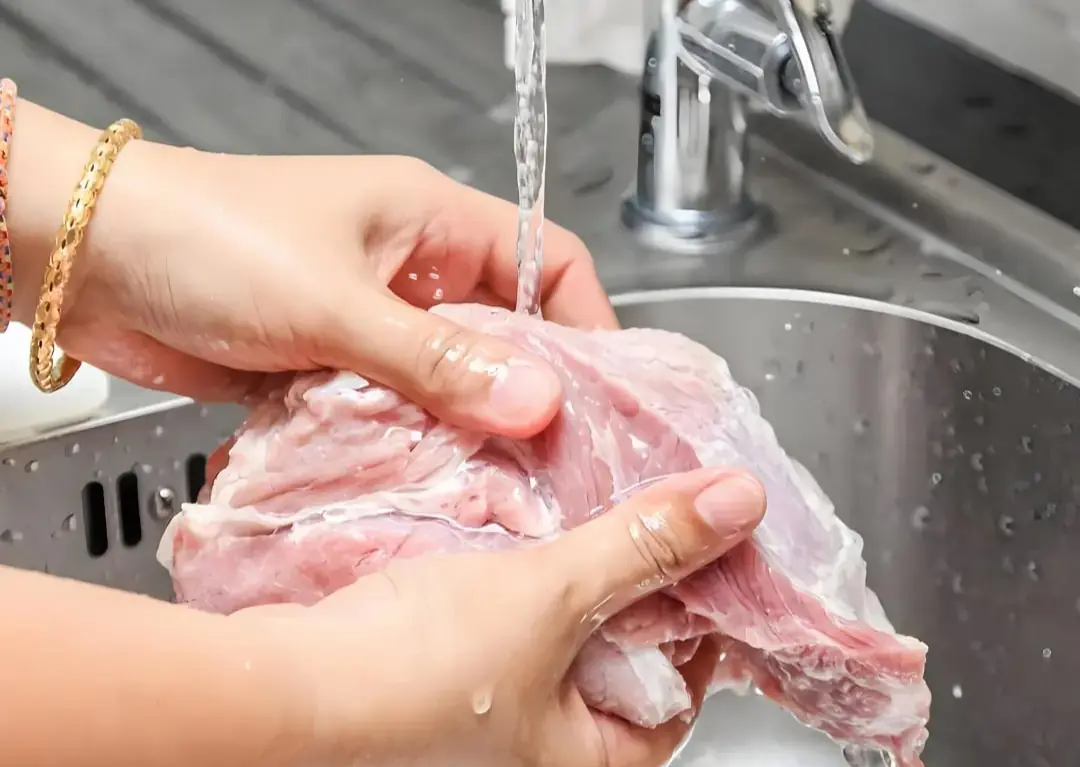
9 “Clean” Habits That Are Actually Super Unhygienic

Experts Reveal: The Real Carb Bomb Isn’t White Rice

Helped Uncle Treat Can.cer but Received a Mysterious Bag in Return

Woman drank 8 limes daily to detox—paid the price for trusting social media advice

Is Eating Soft-Boiled Eggs More Beneficial Than Fully Cooked Eggs?

10 Juicing Mistakes to Avoid at Home: Boost Your Health the Right Way
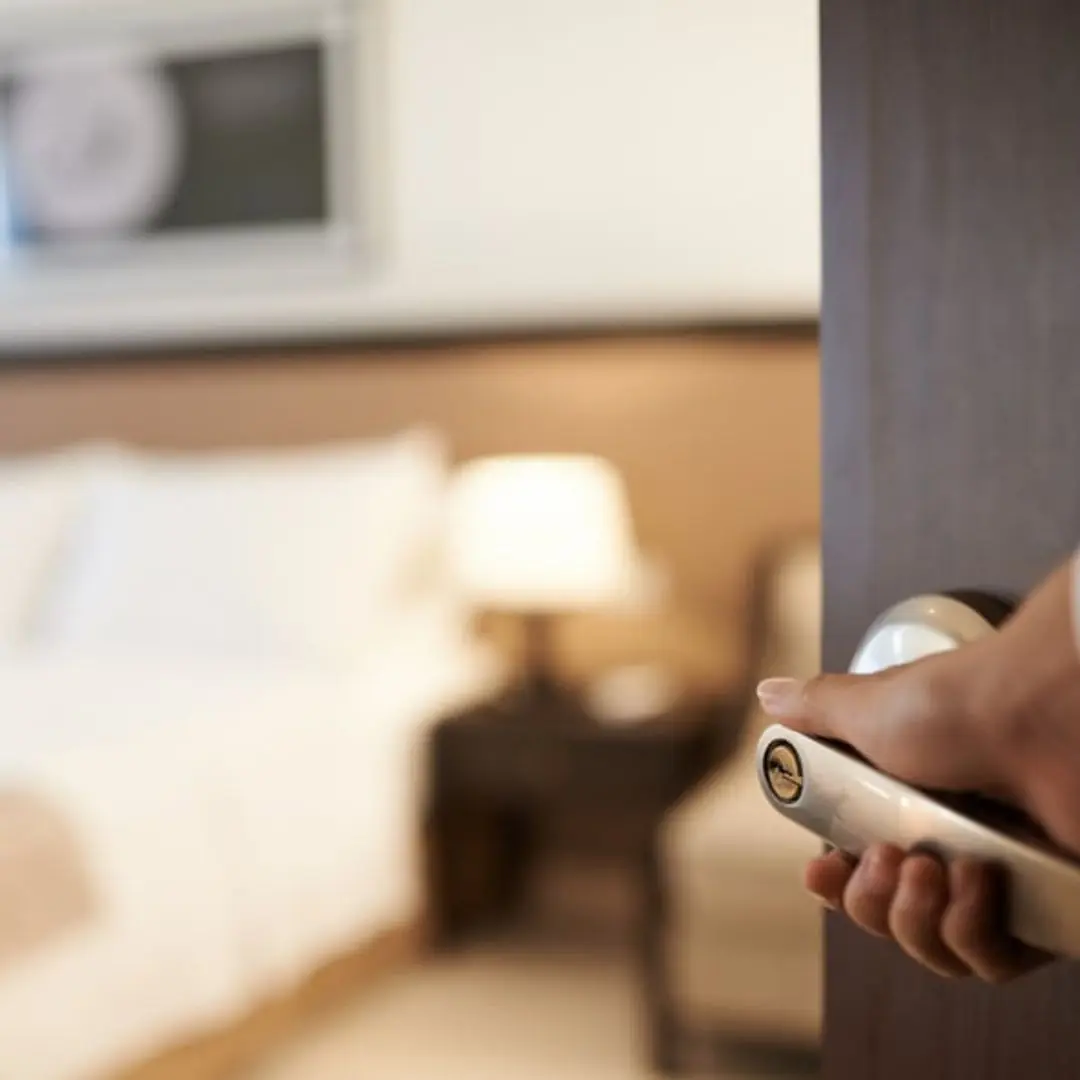
Why do hotels usually let guests check in at 2pm and check out at 12pm?

Drinking Perilla Leaf and Ginger Tea Is Better Than Any Tonic

Can the emergency exit door open while flying? — Little-known fact
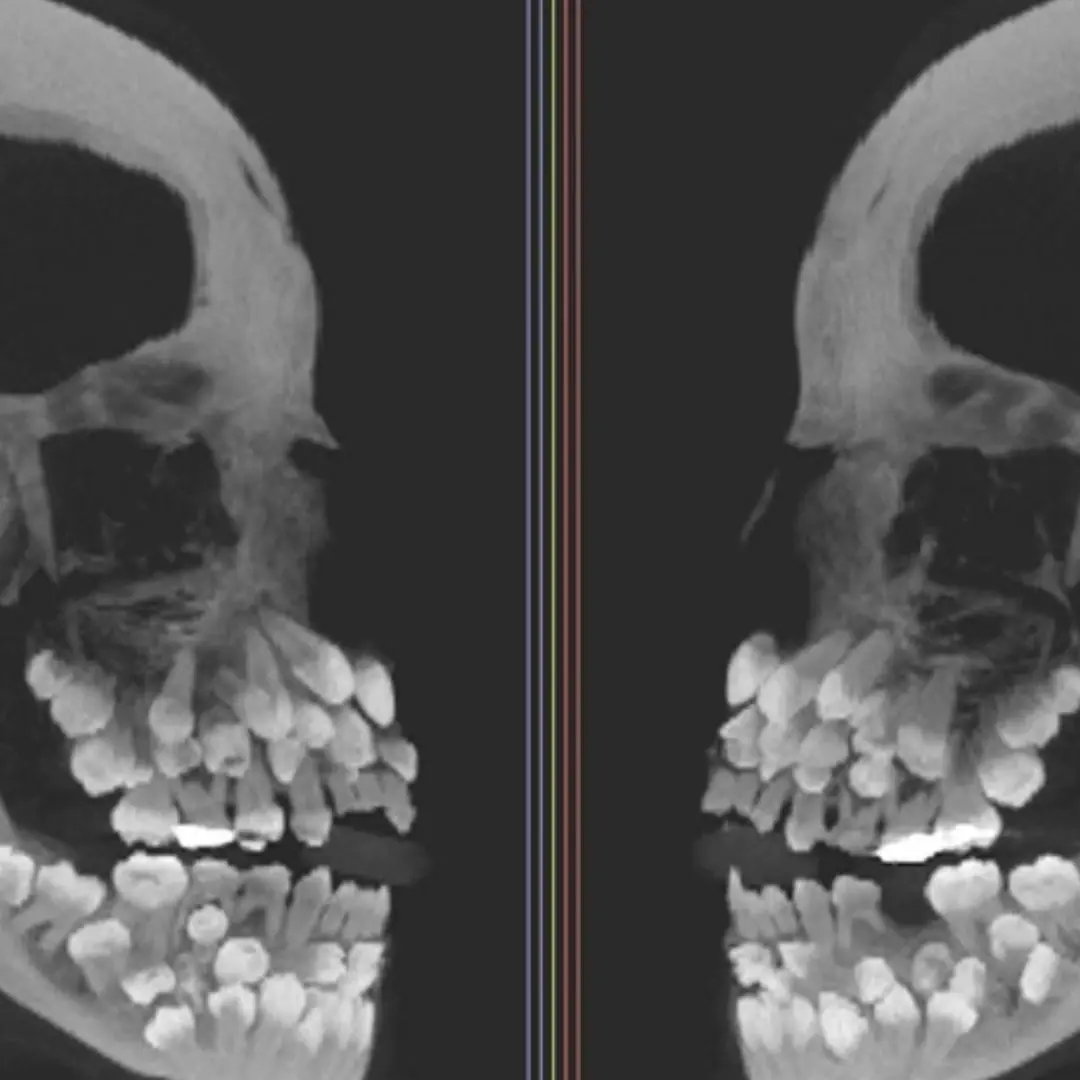
A girl in Brazil was found to have 81 teeth in her mouth

The most dangerous foods in the world

Dubbed “The Scariest Photograph Ever Taken”

DIY Apple Cider Vinegar: Cheap, Delicious, and Safe to Make at Home
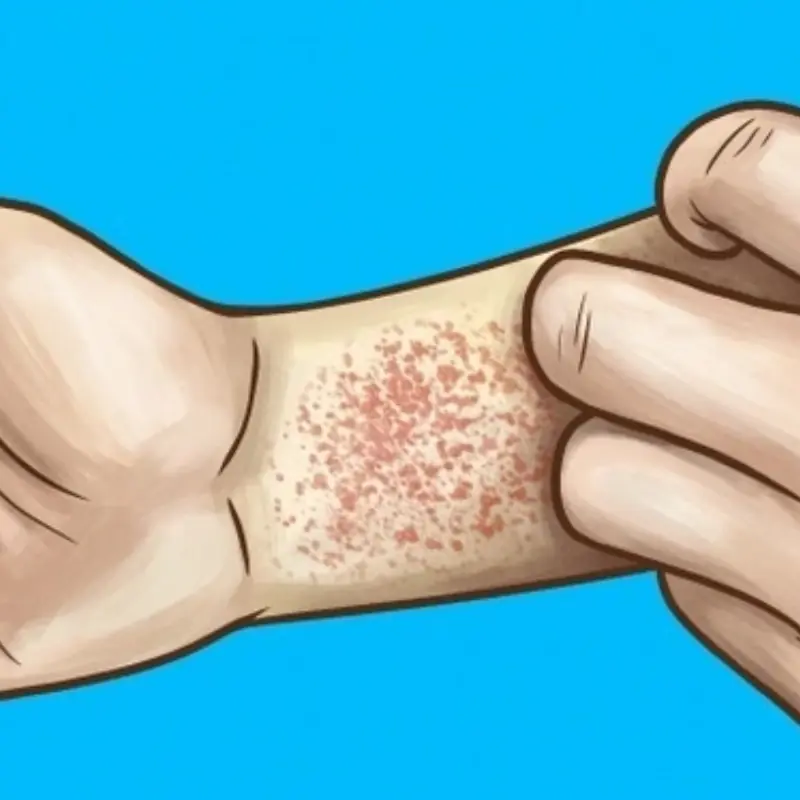
5 Warning Signs of Severe Lu.pus

Okra Looks Healthy, But It May Be Off-Limits for These 3 Groups of People

5 Bitter Vegetables That May Harm Your Liver If Overconsumed
News Post

Common Veggies Linked to Cancer Risk — Experts Urge Immediate Caution
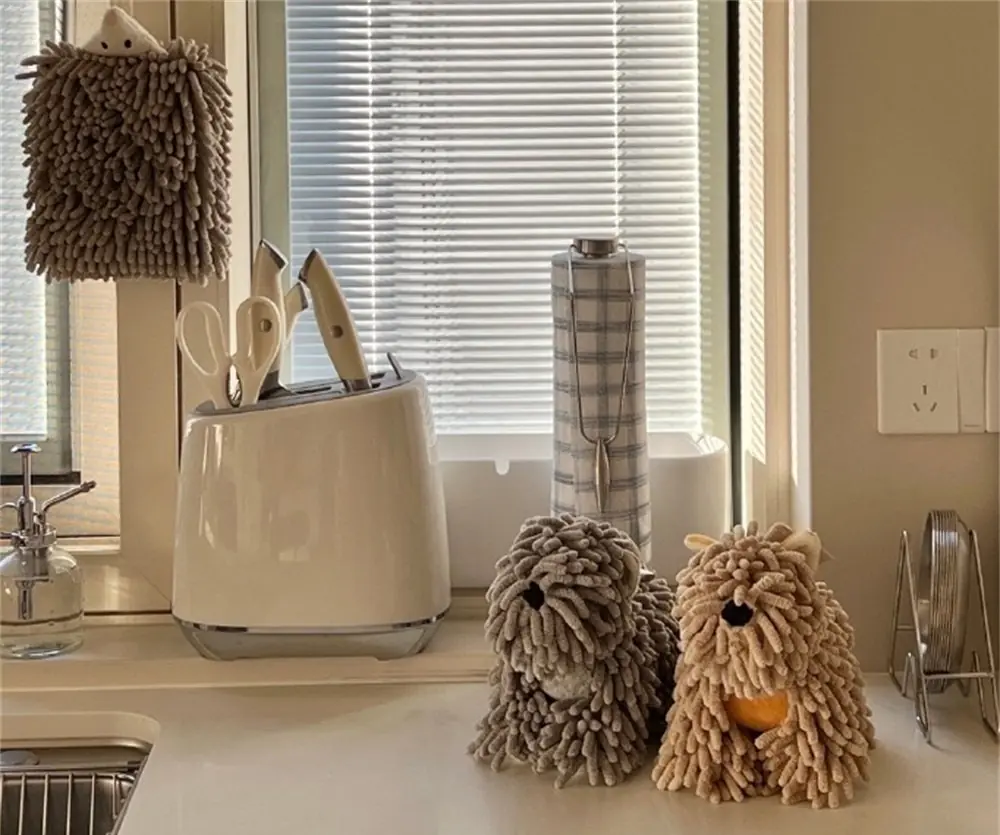
5 kitchen appliances you will regret if you don't buy soon

Hormone-injected shrimp has 4 obvious signs, no matter how cheap it is, definitely DO NOT BUY

Wild leaves, used to make tea, make diabetes and high blood pressure "terrify"

Experts point out vegetables that are easily contaminated with heavy metals
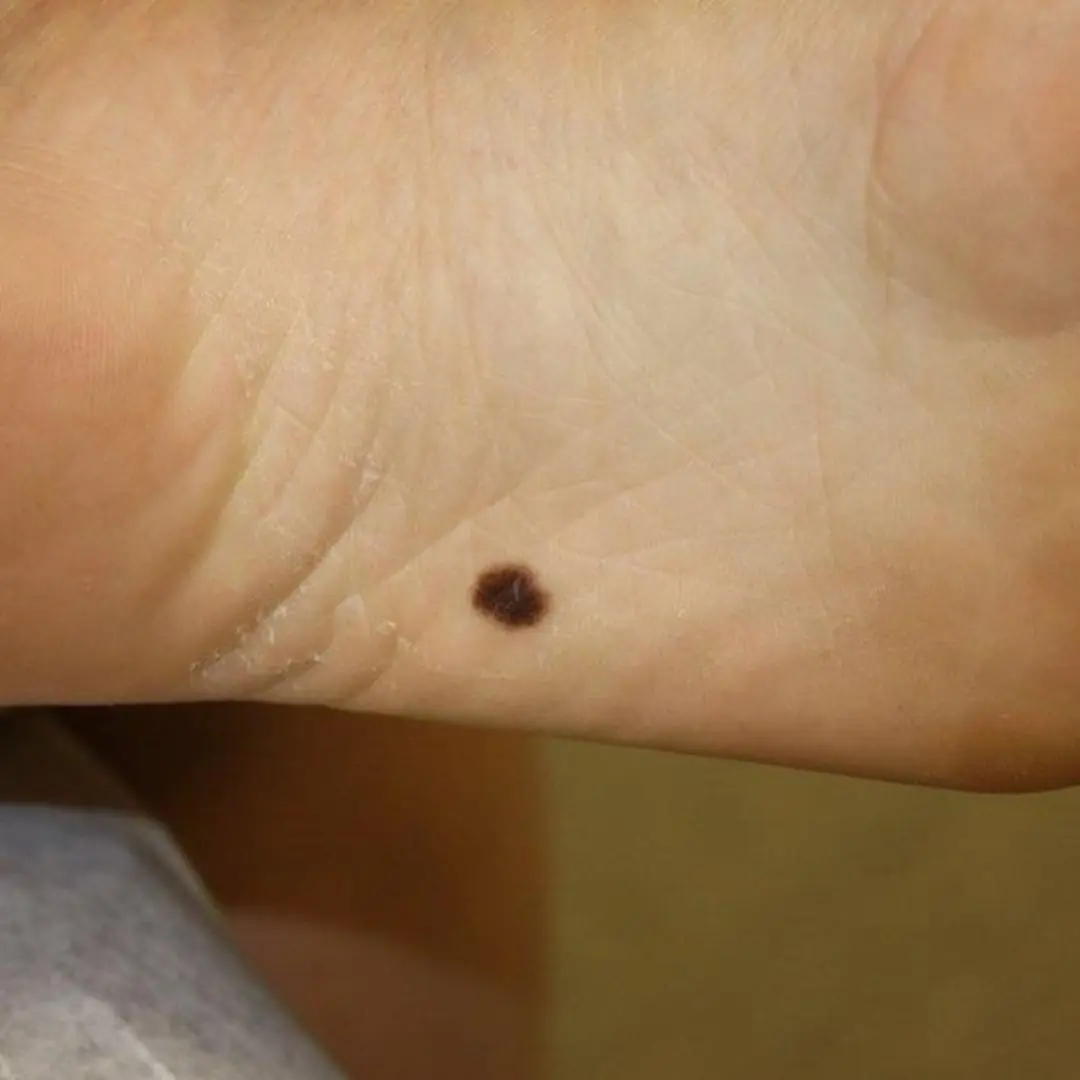
There was a mole on my leg that I thought was normal, but it kept getting bigger and bigger, but it turned out to be cancerous.

Astronomer CEO Andy Byron's "Affair" With Kristin Cabot Caught On Camera During Coldplay Concert, Chris Martin Reacts

4 Common Mistakes When Eating Seafood That Could Land You in the Hospital

9 “Clean” Habits That Are Actually Super Unhygienic
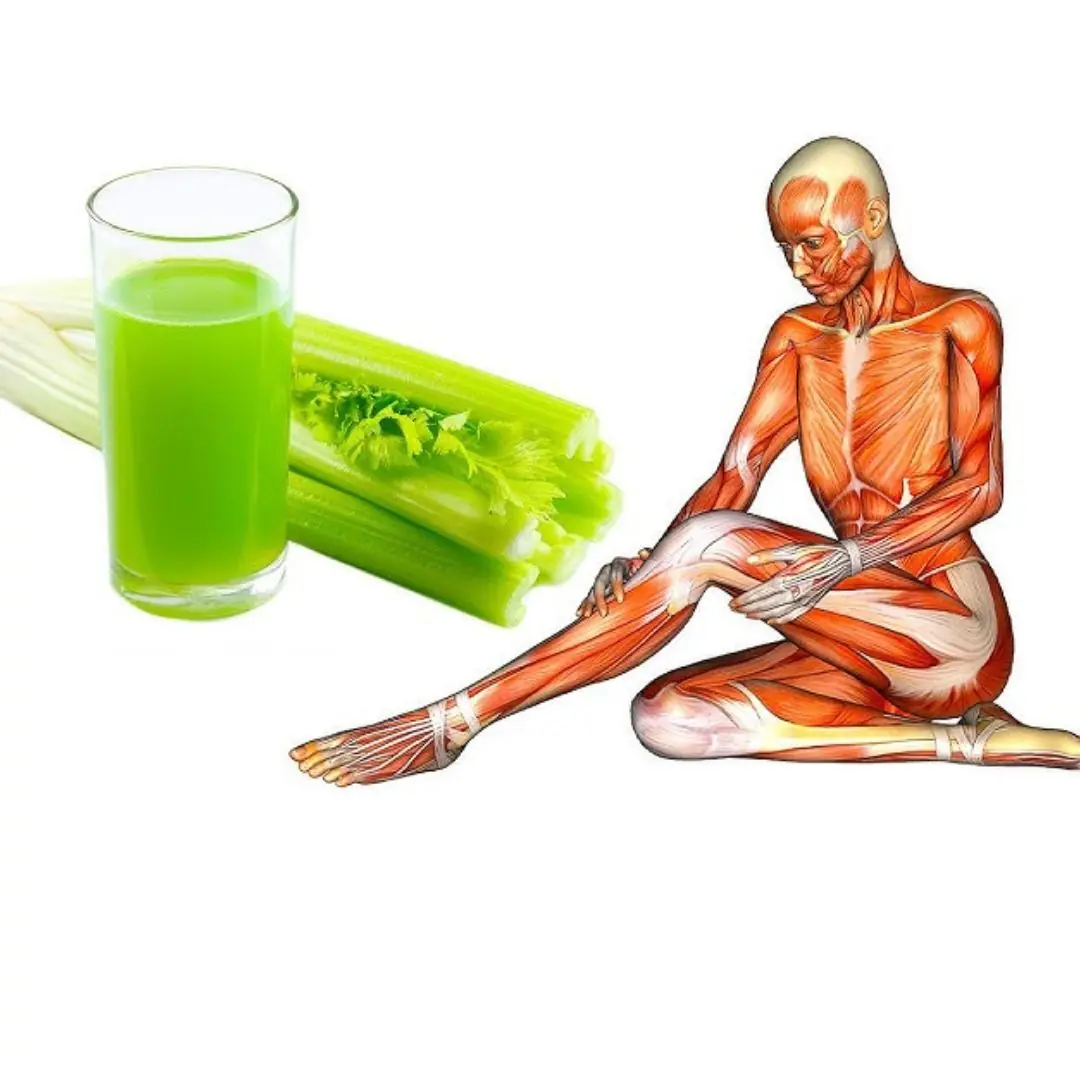
Boost Hydration and Fight Free Radicals: Enjoy a Daily Glass of Celery Juice

He Ignored the Signs, Thinking It Was a Ca.n.ker Sor.e—Now His T.o.n.gue Is Gone!

Couple suffers heart and liver d.a.m.age... after eating white mushrooms

First Aid for Jellyfish Stings: What Science Says You Should (and Shouldn’t) Do
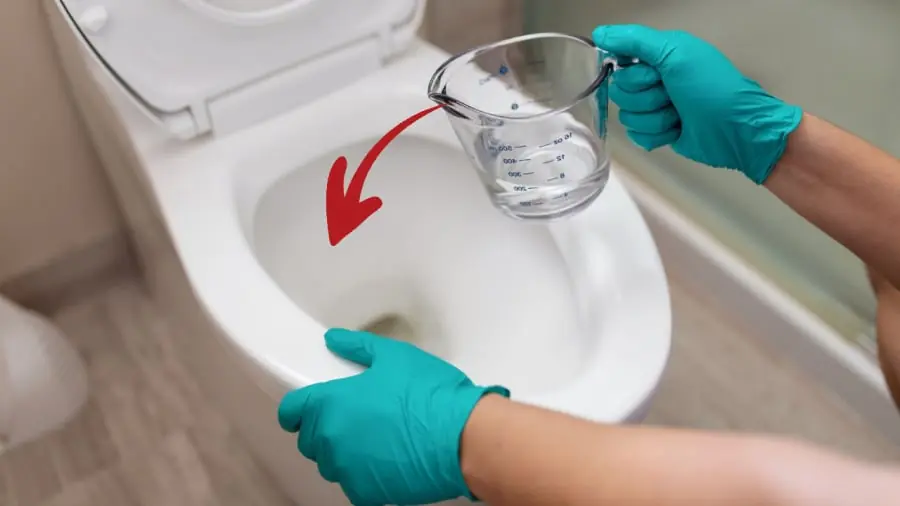
Pouring Hot Vinegar Into the Toilet May Seem Wasteful

Health Warning! Peeing in the shower can severely harm your bladder and pelvic health

Experts Reveal: The Real Carb Bomb Isn’t White Rice
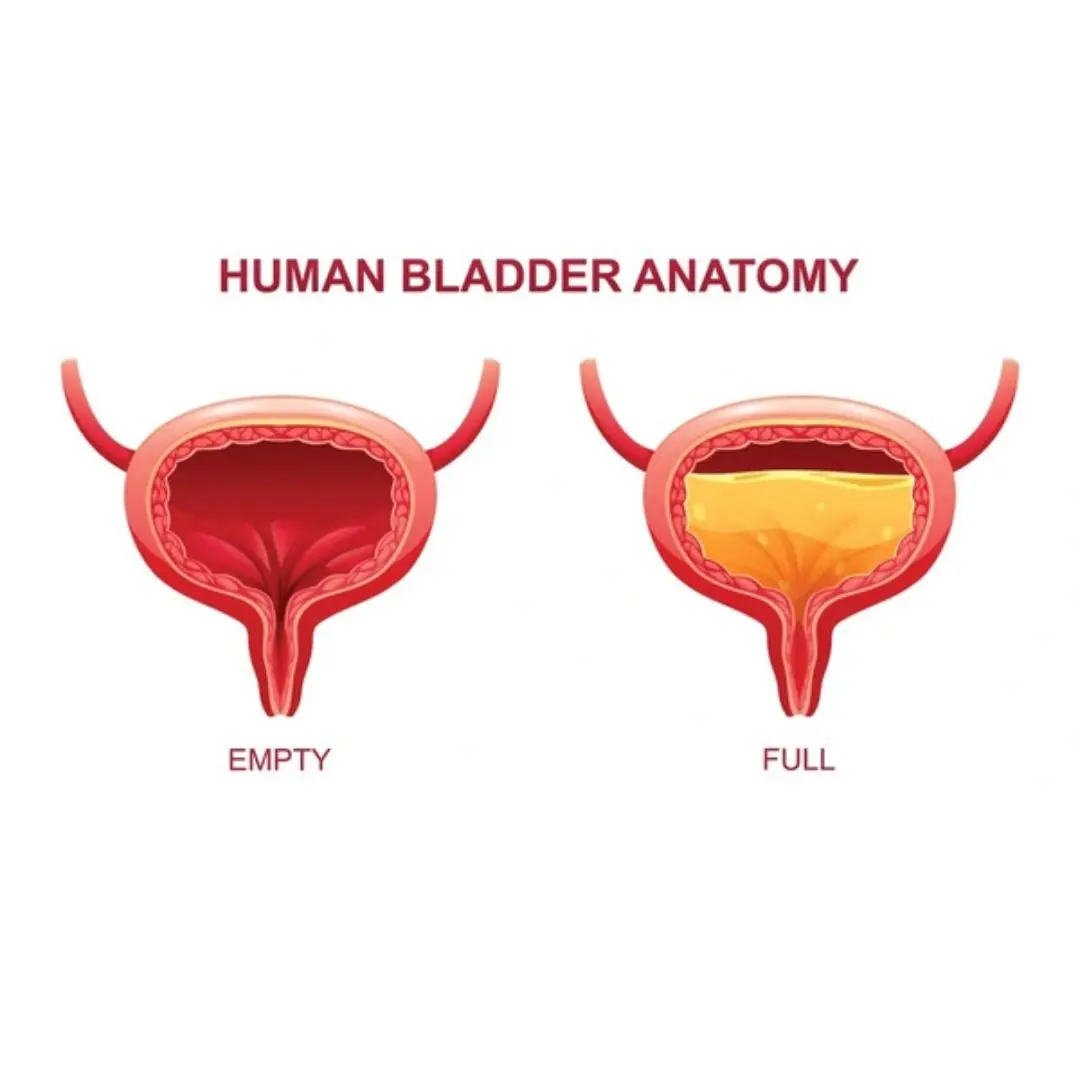
Top 7 Foods To Protect Your Bladder — Plus 7 You’d Better Avoid

Helped Uncle Treat Can.cer but Received a Mysterious Bag in Return
